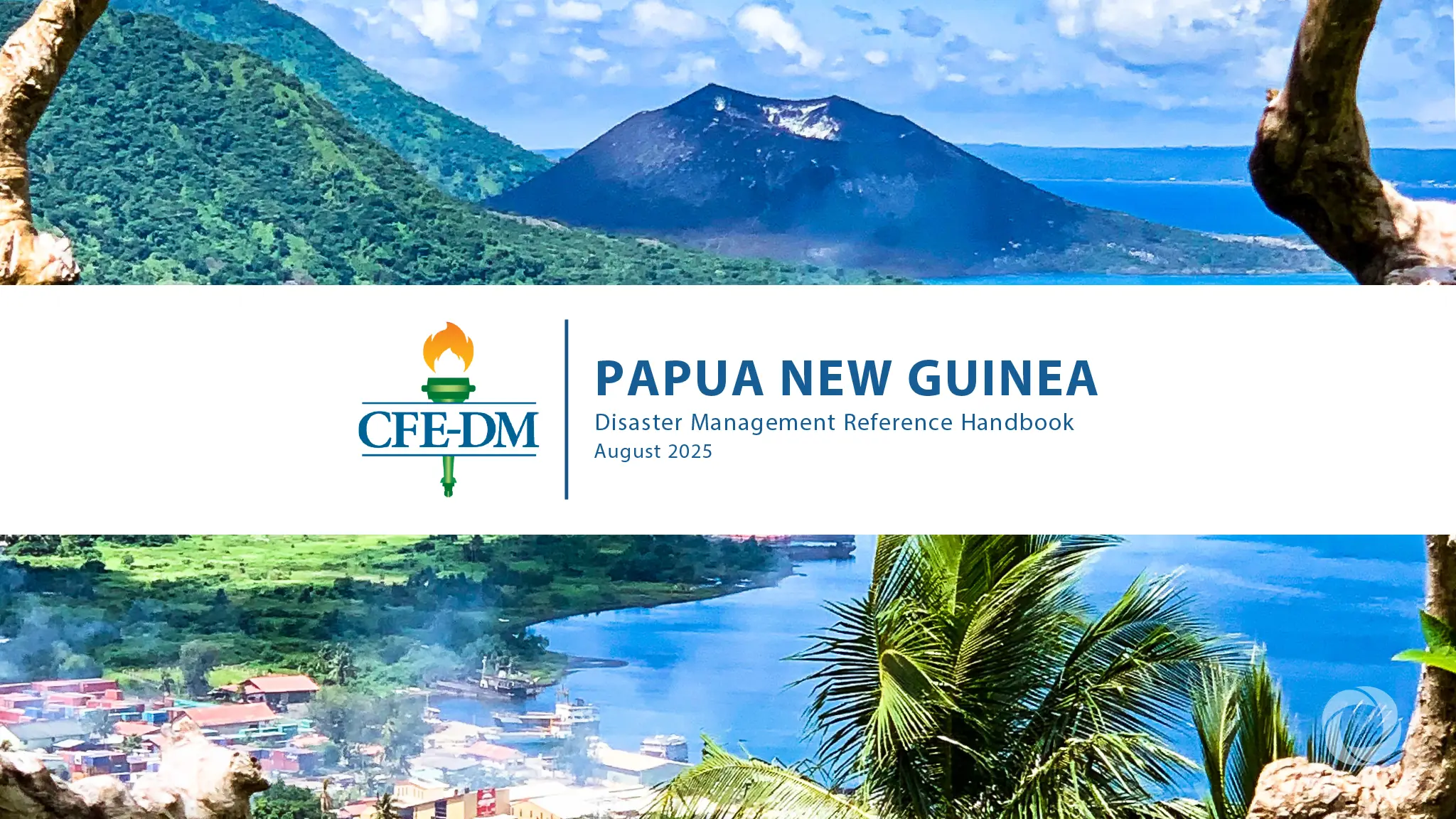A new disaster management handbook shows Papua New Guinea gets hit by more natural disasters than almost any other Pacific country, with over 60 major events in the past 25 years, Center for Excellence in Disaster Management and Humanitarian Assistance (CFE-DM) reported in its August guide. The country ranks as the most at-risk Pacific Island nation and Southeast Asia’s second most vulnerable place for disasters. Floods and earthquakes cause most problems, but PNG also deals with droughts, cyclones, disease outbreaks, and man-made emergencies. Most of the 12 million people live in remote villages with barely any infrastructure or outside connections.
Papua New Guinea’s geography makes everything harder – mountains, thick jungle, and scattered islands keep communities apart. Less than 15 percent of people live in cities, so most are stuck in rural areas that roads and phone lines rarely reach. Many villages deal with poverty, bad schools and clinics, and fights between different groups. All these problems get worse after disasters because help takes forever to arrive and people can’t rebuild.
The government has tried to improve disaster planning through its National Disaster Risk Reduction Framework, which runs until 2030. The National Disaster Centre runs the show under the Defense Department and works with UN groups and aid organizations across the country. Provincial governments set up their own disaster offices to share news and coordinate help. Local district offices team up with churches and aid groups when emergencies happen. The military and police pitch in if they have people nearby.
Foreign help comes through a joint team led by the National Disaster Centre Director and the UN guy in charge for the country. This lets international aid groups jump in fast while the government can also call friendly countries directly for help. Australia shows up for most emergencies, usually with teams from Japan, New Zealand, and the US. Churches do a lot of disaster work, especially in places the government can’t reach.
For aid workers and emergency planners, this handbook shows how tough geography and poverty make disaster response even when you have decent systems. PNG proves why helping communities get ready before disasters matters more than just cleaning up after. The country’s need for international backup also shows how small island nations can’t handle big emergencies alone. The handbook gives practical info for anyone planning disaster work in PNG, laying out what exists and what’s still missing.

